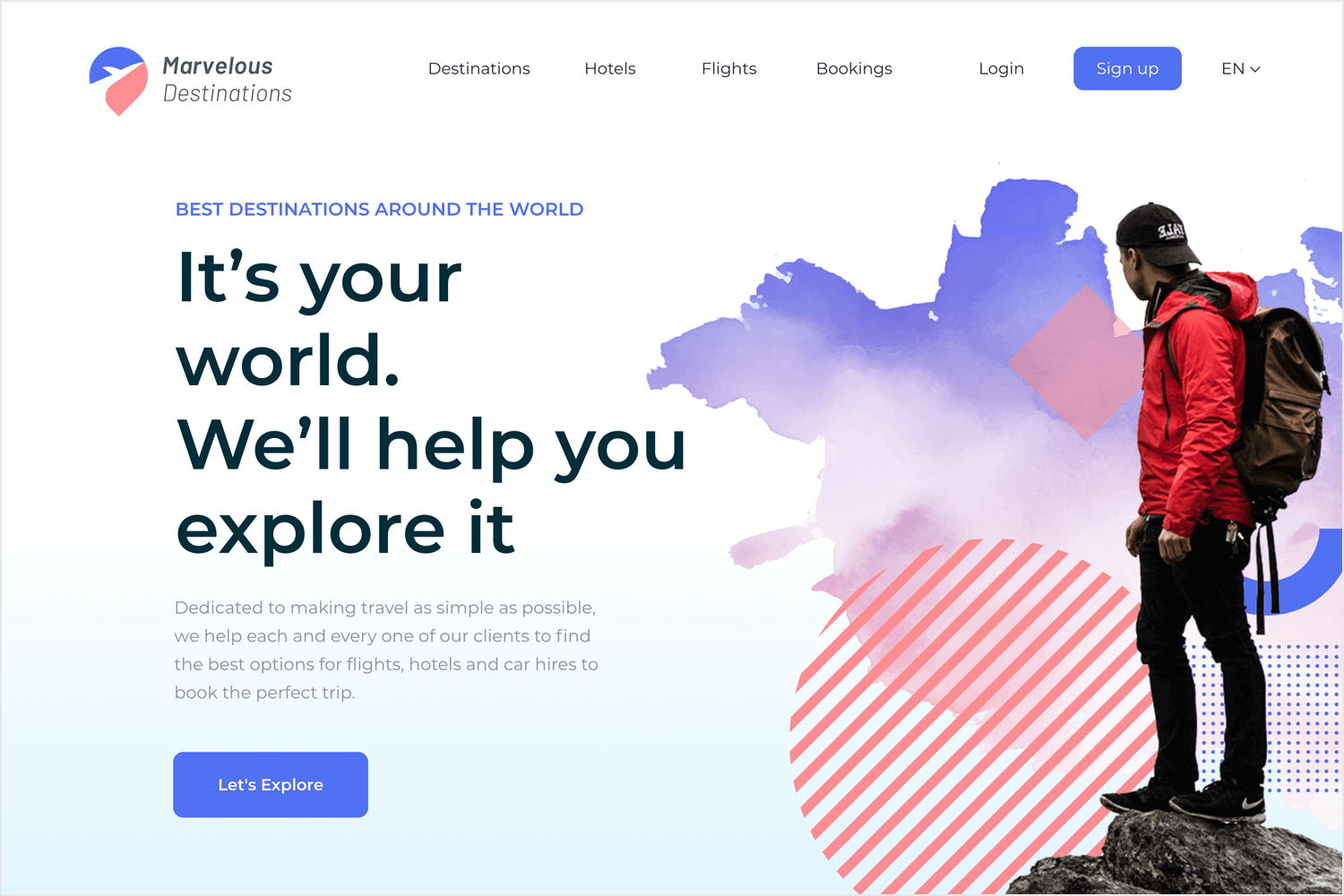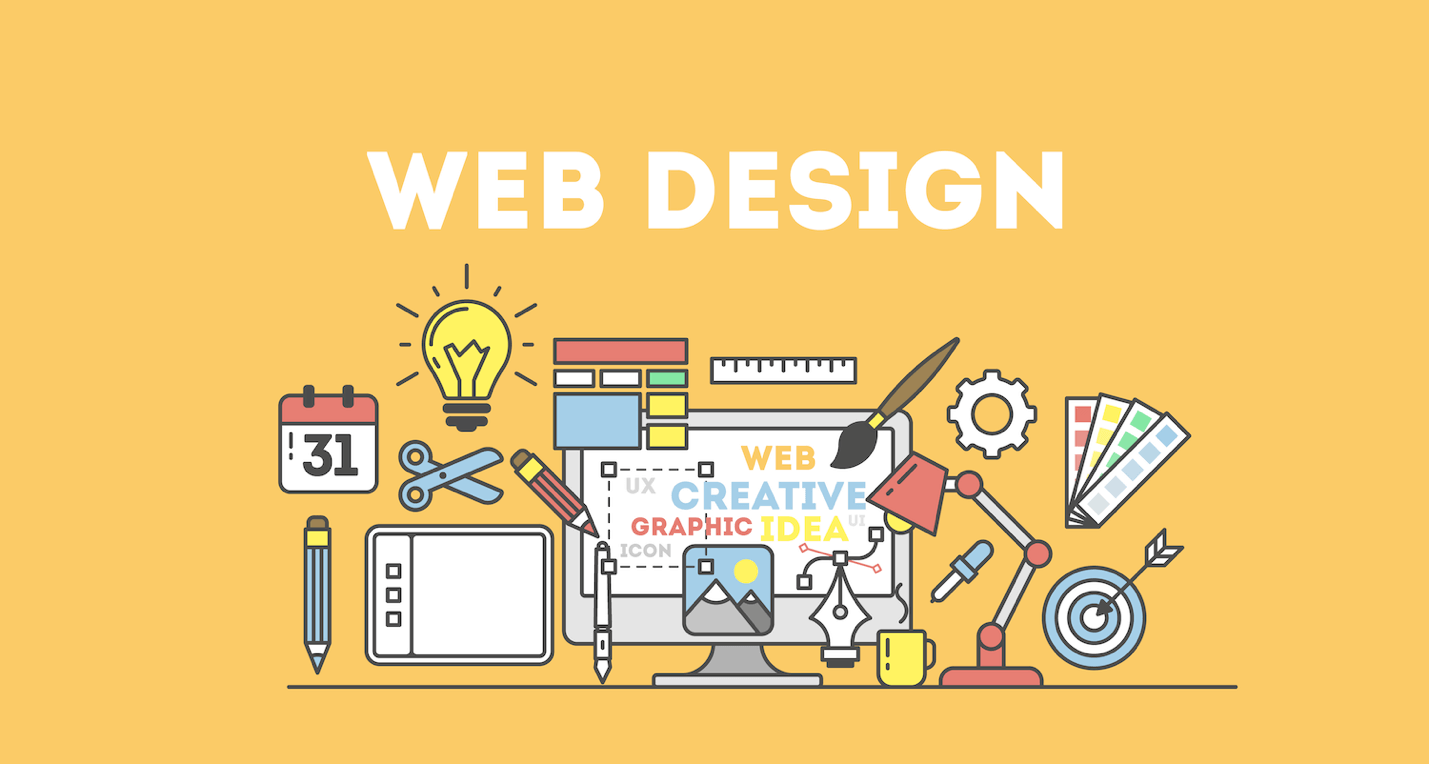Understanding the Duty of Responsive Style in Modern Site Development
In today's digital landscape, receptive design is no much longer a high-end however a need in website development. As customers access sites from an array of devices, from large desktop computer checks to pocket-sized smart devices, making certain a regular and interesting individual experience is critical. Receptive design completes this by utilizing scalable media and versatile layouts, accommodating the nuanced needs of each gadget. Yet, the value of receptive design prolongs past user experience-- it is additionally an essential aspect in seo and ease of access. How precisely does it affect these locations, and what methods guarantee its effective implementation?
Relevance of Responsive Layout
In today's digital landscape, the importance of responsive design in site advancement can not be overstated. As consumers progressively rely upon a variety of tools-- varying from desktop to tablets and mobile phones-- making sure a seamless individual experience across all systems has actually come to be essential. Responsive layout permits sites to immediately change their layout and capability based on the screen size and orientation of the device being made use of. This adaptability enhances individual engagement and fulfillment by providing regular accessibility to material without requiring manual changes such as scrolling or zooming.
Additionally, responsive layout is vital for search engine optimization (SEARCH ENGINE OPTIMIZATION) Online search engine like Google prioritize mobile-friendly internet sites in their search results page, implying that a responsive style can considerably influence a site's presence and ranking. This optimization not just improves the customer experience but additionally drives organic website traffic and boosts the possibility for conversion and income generation.
In enhancement, responsive layout uses businesses a cost-effective option by removing the requirement for numerous variations of a website. By simplifying web advancement procedures and reducing maintenance initiatives, companies can assign sources extra effectively, inevitably leading to enhanced return on financial investment. Thus, responsive design is important in today's competitive digital environment.
Crucial Element of Responsive Style
To properly implement responsive design, it is vital to concentrate on several essential components that guarantee optimum functionality and individual experience throughout varied tools. One of the essential parts is the adaptable grid layout, which allows designers to produce liquid grids that instantly adjust to different display dimensions. This makes certain that web content keeps symmetry and readability, no matter the tool being made use of.

Additionally, touch-friendly navigation is crucial for receptive layout. Implementing easily tappable buttons and intuitive motion controls enhances use on touchscreen tools. Focusing on performance optimization is additionally crucial, as it boosts packing times and decreases bounce rates, specifically on mobile networks with variable speed.
Finally, utilizing a mobile-first technique makes certain that the style is initially optimized for smaller sized displays prior to broadening to fit desktop computers. This method ensures that vital functionality and appearances are preserved throughout all platforms, ultimately boosting the overall individual experience.
Effect On Customer Involvement
Receptive design considerably influences customer involvement by enhancing ease of access and complete satisfaction throughout numerous devices. By guaranteeing that a website's layout adapts effortlessly to different screen sizes, responsive style allows customers to accessibility web content easily, whether they are using a smart device, desktop, or tablet . This flexibility lowers the demand for unnecessary zooming or scrolling, giving a more instinctive and pleasurable browsing experience. As an outcome, customers are most likely to stay on the website longer, explore added pages, and interact with the material, all of which are essential indications of enhanced engagement.
Furthermore, receptive style contributes to much faster web page packing times, which is vital for retaining user rate of interest. Individuals are extra inclined to desert a site if it takes also long to load, particularly on mobile tools. By maximizing efficiency for varied systems, responsive layout decreases loading delays, maintaining customers involved and decreasing bounce prices.
Search Engine Optimization Advantages of Responsive Design
While improving customer experience is a main goal, receptive layout also plays a crucial function in improving a website's search engine optimization (SEARCH ENGINE OPTIMIZATION) review Look engines, significantly Google, focus on mobile-friendly internet sites, thus awarding those that supply smooth experiences across tools. Receptive style guarantees that an internet site adapts to various display dimensions, getting rid of the requirement for separate mobile and desktop computer versions. This flexibility not only enhances user experience yet likewise lowers the danger of duplicate content, which can adversely impact search engine optimization rankings.
In addition, receptive style aids in faster page filling times, an important variable in SEO. Look engines prefer web sites that load swiftly, recognizing that customers are more likely to abandon websites that take too lengthy to show. By employing responsive design, designers can improve and maximize pictures content, making sure effective packing and boosted internet search engine positions.
Additionally, a cohesive link structure across tools streamlines the indexing procedure for online search engine, boosting crawl efficiency. This uniformity in Links strengthens a website's authority and credibility, bring about enhanced visibility in search engine result. In summary, responsive style is not simply a pattern yet a fundamental component of search engine optimization method, making certain websites are both user-friendly and online search engine compatible.
Carrying Out Receptive Design Approaches
In the realm of modern web development, applying receptive style strategies belongs to crafting a versatile canvas that adjusts seamlessly to different display dimensions. Central to this strategy is using adaptable grid-based formats, which employ family member units like portions rather than dealt with units such as pixels. This ensures that web content scales suitably throughout devices. One more critical strategy entails using media queries, which enable developers to apply different designs based upon the features of the device, such as height, size, and resolution.
Receptive pictures and media are additionally vital parts. By using techniques like CSS media inquiries and the HTML 'photo' aspect, developers can offer appropriately sized images based upon the customer's tool, maximizing tons times and enhancing individual experience. Furthermore, the incorporation of liquid typography ensures that message is legible and aesthetically pleasing on any kind of display, achieved through scalable units like 'rem' and 'em'.

Conclusion
Receptive layout makes up a crucial element helpful hints of contemporary website growth, considerably boosting user experience throughout a range of tools. Eventually, implementing responsive layout methods makes sure improved access and usability, providing websites a lot more user-centric and efficient.
To properly implement receptive layout, it is vital to concentrate on several crucial components that guarantee ideal capability and user experience throughout varied devices.Responsive style dramatically affects user engagement by improving access and fulfillment throughout various devices. By making certain that a web site's format adapts seamlessly to different screen dimensions, receptive layout permits users to gain access to material easily, whether they are making use of a desktop, tablet, or mobile phone.While improving individual experience is a main goal, responsive style likewise plays a critical duty in improving a website's search engine optimization (SEO)Receptive layout comprises a crucial aspect of contemporary Continue website growth, significantly boosting user experience across a range of gadgets.